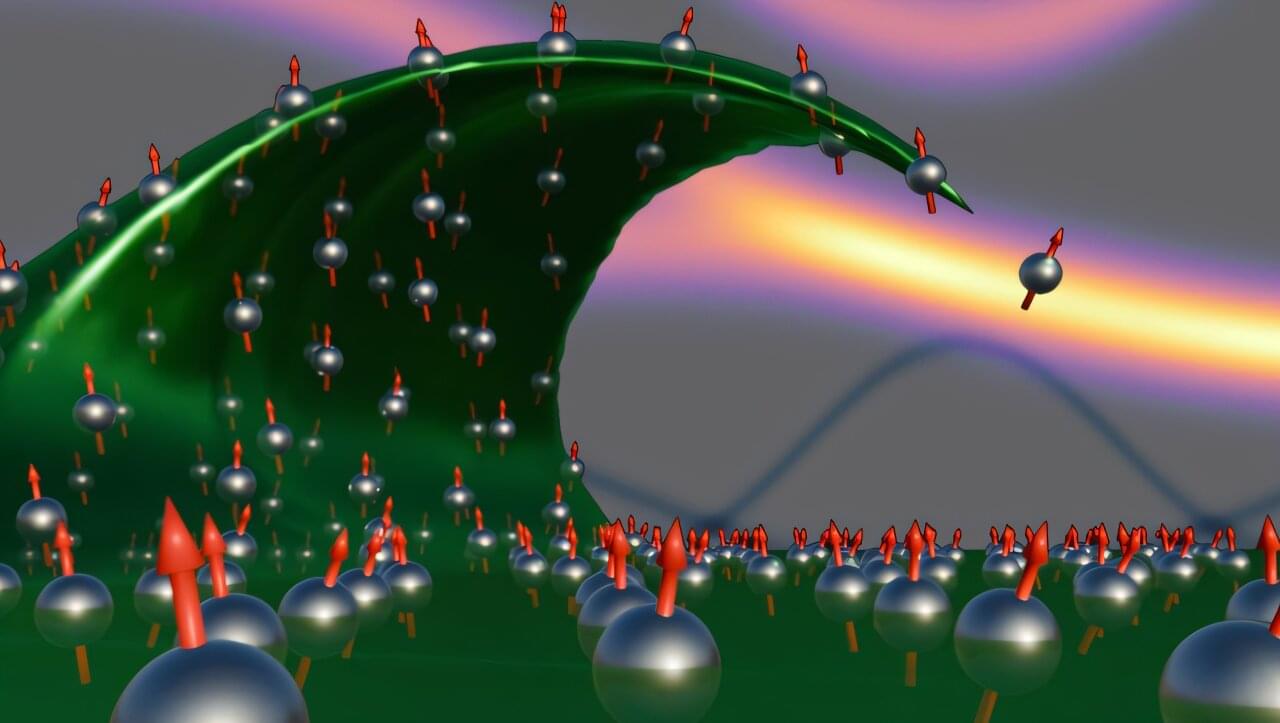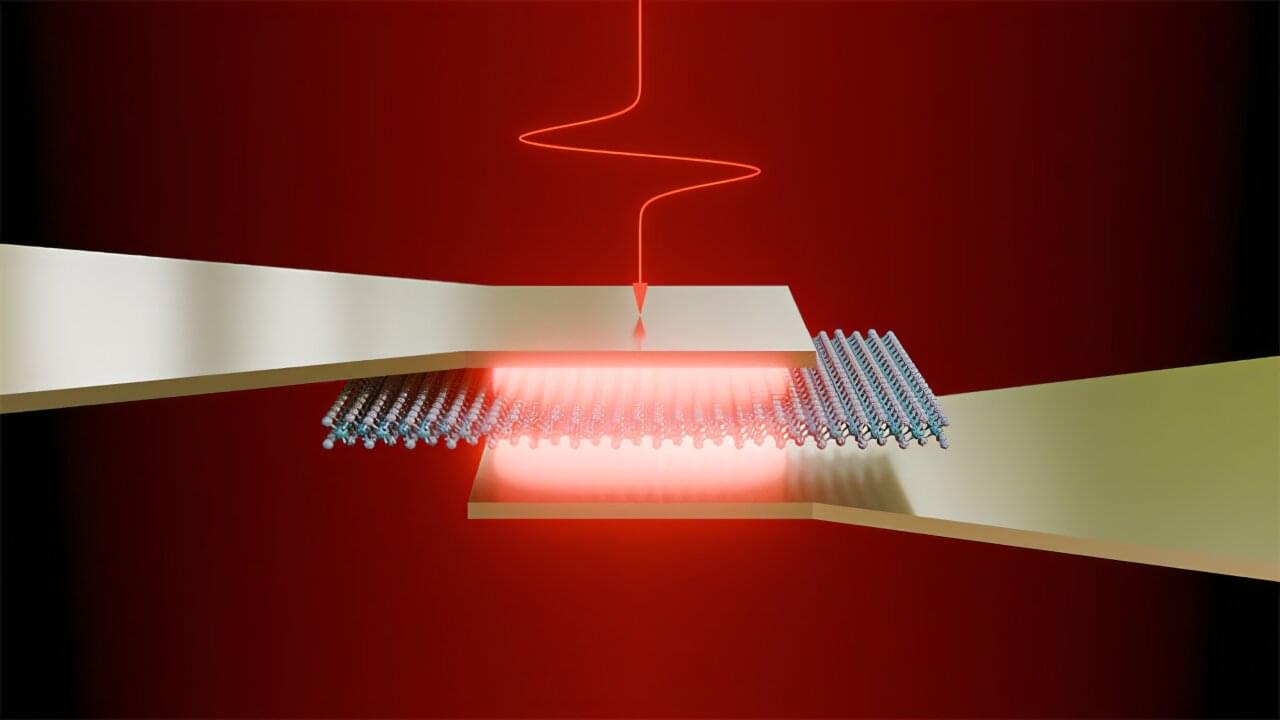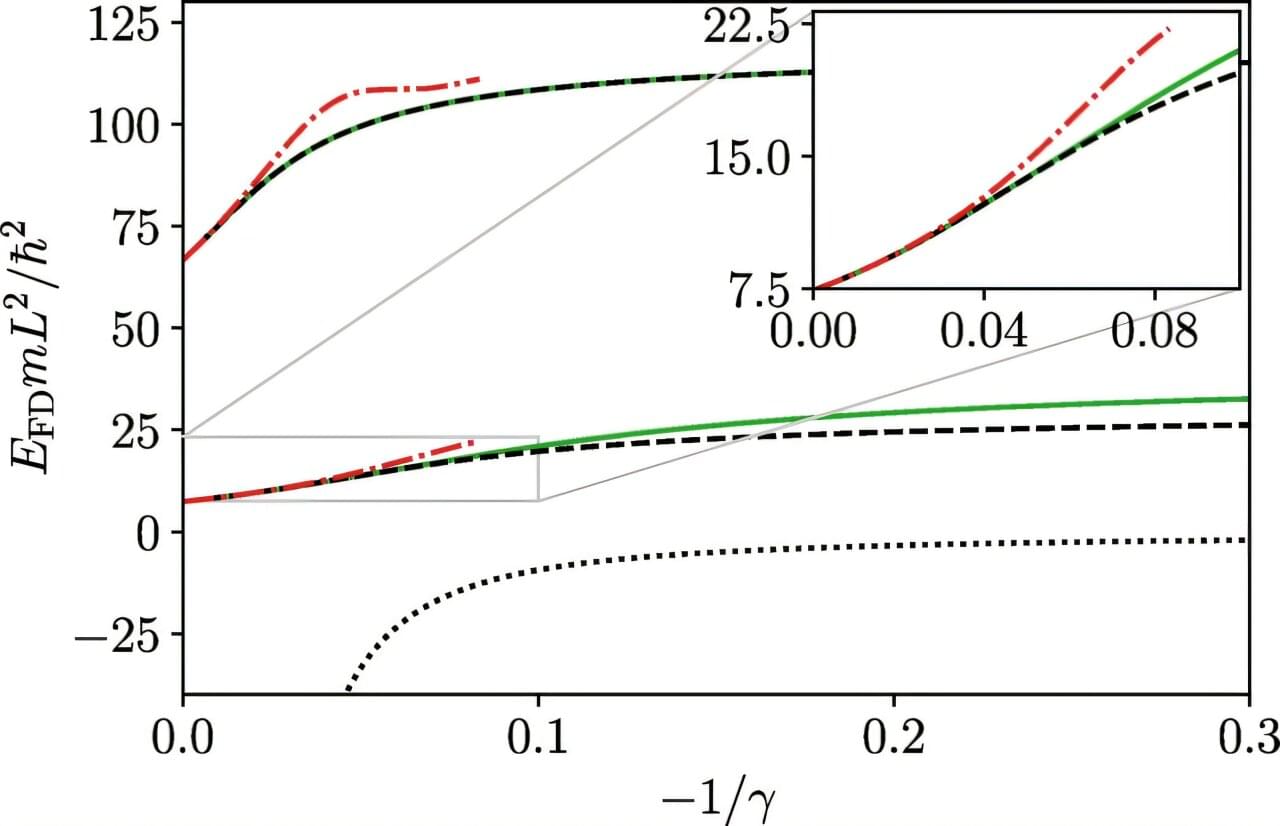Hi-tech surveillance technologies are a double-edged sword. On the one hand, you want sophisticated devices to detect suspicious behavior and alert authorities. But on the other, there is the need to protect individual privacy. Balancing public safety and personal freedoms is an ongoing challenge for innovators and policymakers.
This debate is set to reignite with news that researchers at La Sapienza University in Rome have developed a system that can identify individuals just by the way they disrupt Wi-Fi signals.
The scientists have dubbed this new technology “WhoFi.” Unlike traditional biometric systems such as fingerprint scanners and facial recognition, it doesn’t require direct physical contact or visual feeds. WhoFi can also track individuals in a larger area than a fixed-position camera, provided there is a Wi-Fi network.








